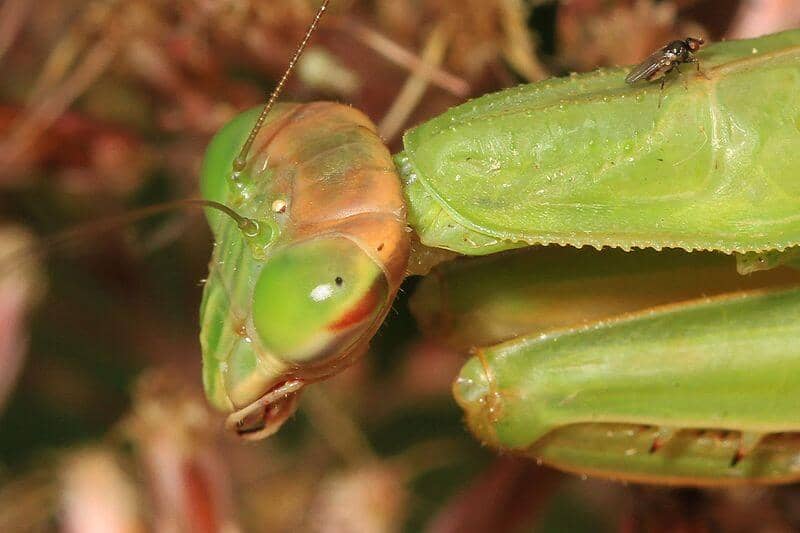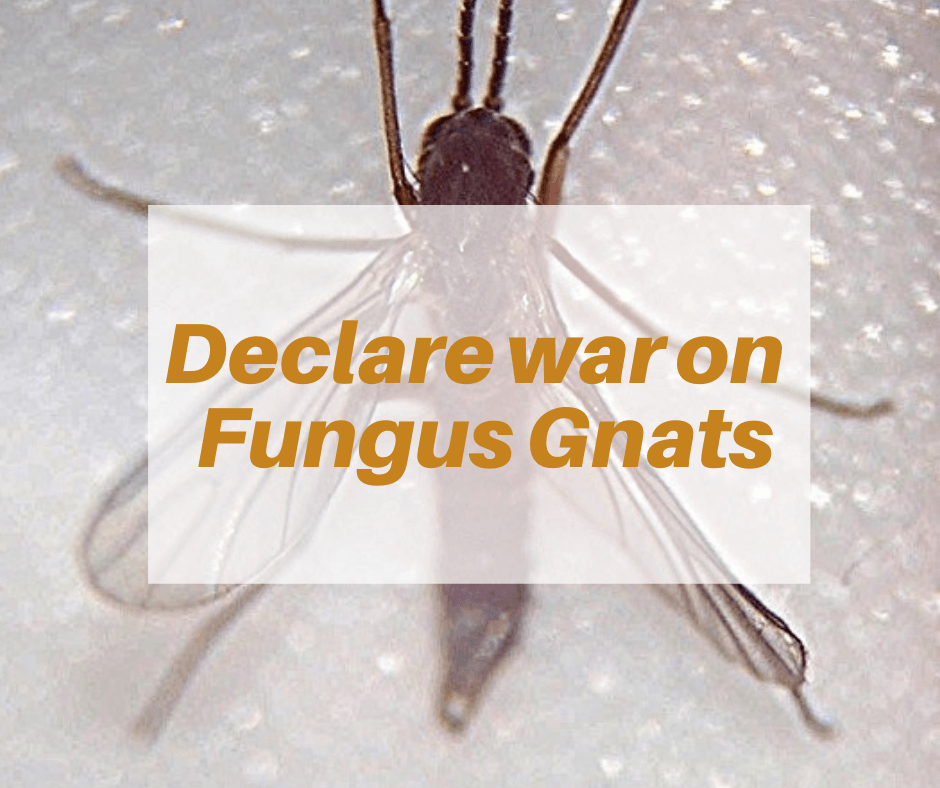This post may contain affiliate links. As an Amazon Associate we earn from qualifying purchases.
Sure the praying mantis takes it’s nickname from it’s body posture, but don’t be fooled. This creepy insect is actually preying, and it doesn’t care if it eats your garden friends or foes.
“Friend or foe” is a question on the minds of many—especially new—gardeners when they find a bug in the garden. Most of us know that lady bugs are friends and tomato horn worms are foes.
Too many gardeners, however, seem to be in denial about one foe, even going so far as to purchase them to set free in the garden. The praying mantis (Mantis spp.)
“Although mantids are fascinating creatures, they are of no benefit for biological pest control,” warn experts with the University of California Integrated Pest Management program.
Why do they say this?
“Mantids feed on any insect they can catch, and commonly prey indiscriminately on beneficial and non-pest species including bees, butterflies, and syrphids.”
The latter are commonly known as hoverflies, which are quite the beneficial bug for the garden (they eat mealy bugs and aphids).
They go on to say that even if mantises were specialized predators they “… would be of little benefit . . . each individual consumes relatively few insects.”

There is another problem with the praying mantis
Are you among those gardeners who actually buy mantises? You might want to rethink that.
The ones for sale commercially are typically the non-native Chinese mantid (Tenodera sinensis). These guys have been around for awhile and are now considered invasive and they are displacing (by eating) our native species, primarily the Carolina mantis (Stagmomantis Carolina).
But there is more.
Meet the European mantid (Mantis religiosa) and the Japanese mantid, Tenodera angustipennis. “Chinese, European, and Carolina mantid egg cases are commonly sold online and by garden supply stores as natural pest control agents,” according to Debbie Roos with North Carolina State Extension.
However, the beneficial effect of these predators has been questioned,” suggests a study (“Bird Predation By Praying Mantises: A Global Perspective”) by Martin Nyffeler, Michael R. Maxwell, J. V. Remsen in The Wilson Journal of Ornithology.
“However, mantises do not have key attributes of biological pest control agents; they do not specialize in a single pest insect … but are general predators. They therefore have ‘negligible value’ in biological control,” according to the editors of the Encyclopedia of Arkansas.
 So, what does the praying mantis eat?
So, what does the praying mantis eat?
Known as generalist predators, aside from insects, they eat just about anything that comes their way. They are known to eat lizards, small birds, butterflies, bees, fish, and, often, one another.
They eat the bugs you hope they will and also the creatures you love. “Chinese mantids have been documented feeding on over 20 species of small birds, including hummingbirds,” say the experts at North Carolina State University.
One study finds that they seem to have a preference for ruby throated hummingbirds.

Creative Commons Attribution 3.0 License.
How to rid your garden of mantises
First, please remove your hummingbird feeder. You’ll find photos online of mantids waiting near these feeders for the hummingbirds that flock to them.
Then, you’ll want to remove the mantises’ egg cases from the garden and destroy them.
“This can be done anytime between fall and spring, and I usually do it during the annual plant cutback in March,” Roos suggests.
You’ll find the egg cases attached to stems, typically, on perennials and shrubs. Roos suggests doing it before the plants leaf out because they’re easier to see.
Roos also recommends feeding the egg cases to chickens, if you have them. Otherwise, “Sometimes I cut them in half with my pruners to expose the inside and submerge them in water for a few days.”
Yes, mantis lovers will think this cruel. But “Do bear in mind that these introduced mantises prey mostly on essential plant pollinators – they are in your garden eating bees, butterflies, beetles and other beneficial insects.”
Remember, they eat our “…essential plant pollinators – they are in your garden eating bees, butterflies, beetles and other beneficial insects,” cautions Roos.
I can’t stomach the photos of mantids in action. If you would like to see them, check out these from the Wilson Journal of Ornithology, located at bioone.org.
If you love monarch butterflies you’ll want to skip the photos on this page at the University of California’s website.
Please don’t buy mantids for the garden.
Featured photo: I, Luc Viatour, CC BY-SA 3.0, via Wikimedia Commons



